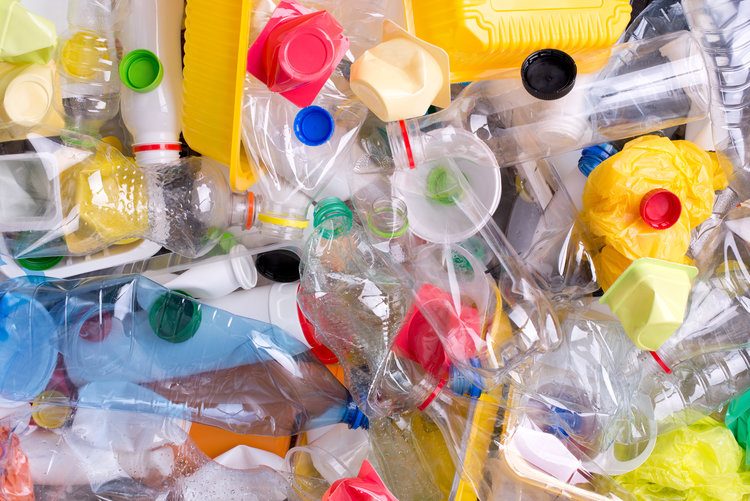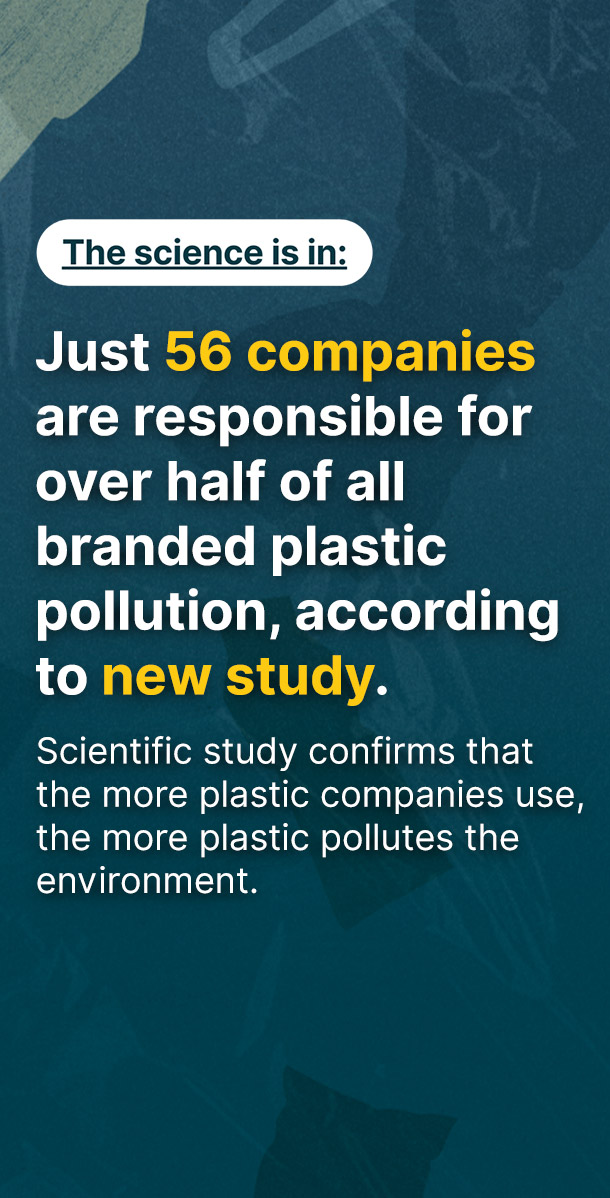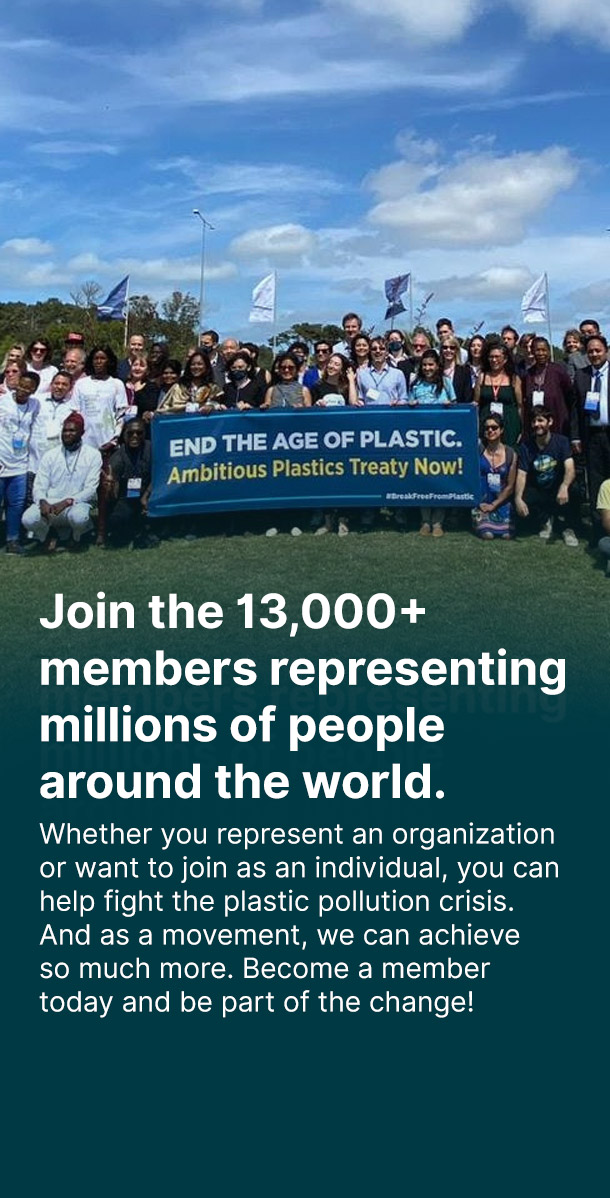The plastic pollution crisis has finally resulted in a wakeup call, albeit weak and tentative, by U.S. plastic resin producers. The American Chemistry Council’s plastics division issued a press release May 9 pledging to alter production of plastic packaging to make it all recyclable or recoverable by 2030, and to work to actually recycle or recover it by 2040. Members include resin makers like Chevron Phillips Chemical Co., DowDupont, ExxonMobil Chemical Co., and Shell Chemical LP. Until now, commitments on recycling and recovery have come largely from end user brands of plastic packaging like P&G and Unilever.
The commitments are an initial response to an issue that has exploded in recent months, especially in the United Kingdom, threatening to slow projected demand for plastic packaging. In December, nearly 200 countries called for an end to plastic pollution at a UN Environment Assembly in Nairobi. In January, McDonald’s Corp. committed to As You Sow to phase out use of polystyrene foam and to recycle packaging in all stores globally, and the European Commission released a plastics policystrategy that could require all packaging in the EC marketplace to be recyclable by 2030; it is also mulling a tax on plastic production. European supermarkets are introducing plastic-free aisles. UK retailer Iceland went even further, pledging to stop using all plastic packaging by 2023.
As the Wall Street Journal noted last year, big oil and its petrochemical subsidiaries like those cited above, are making a risky bet that demand for consumer plastics will remain strong even as it cools for fossil based fuels. As much as 60% of new demand for oil between now and 2050 is projected to be for the petrochemical sector, which produces plastic resins. But clearly scientists, consumers, activists, and governments are sounding alarm bells about the huge amounts of plastics ending up in world oceans, harming marine animals and fouling beaches and rivers, and the inability of current collection and recycling systems to adequately capture plastic waste. Since 2012, As You Sow has been asking consumer goods companies to study the impact of continued use of non-recyclable plastic packaging and make plans to phase it out.
The ACC action is a welcome if belated acknowledgement of responsibility from an industry that has promoted plastic for packaging with little consideration for the ability of end users to recycle it or at least keep it out of harm’s way. A 2011 assessmentof marine debris by the UN Global Environment Facility concluded that one cause of debris entering oceans is “design and marketing of products internationally without appropriate regard to their environmental fate or ability to be recycled…”
The goals are a small step in the right direction but are far from adequate. It is positive that the industry will take action to ensure that the plastic it puts into commerce will be recyclable or recoverable, but a 12-year timeline is far too long and suggests a lack of urgency to develop sustainable solutions. End users like Procter & Gamble and Colgate-Palmolive committed in 2014 to As You Sow to make most of their packaging recyclable by 2020. The commitment does not address the crucial question of how the industry intends to ensure that plastic is recycled or recovered in all markets globally, an enormously complex and ambitious undertaking.
Another concern is inclusion of the option of recoverability, which could undermine a badly needed laser focus on improvements in collection and recycling systems. Recoverability includes pyrolysis, gasification systems, and plastics-to-fuel technologies, which have yet to demonstrate their economic viability. It is questionable whether these technologies have a place in developing a circular economy. Waste-to-energy schemes lose the embedded material value that went into the original creation of plastic. Toxic pollutants can be emitted during some energy recovery processes if they lack strict pollution controls and some result in toxic ash that requires special disposal. The Ellen MacArthur Foundation’s New Plastics Economy study notes that recycling one ton of plastic collected for recycling avoids emission of a ton of carbon dioxide equivalent greenhouse gas compared with a mix of landfill and incineration with energy recovery, with an estimated societal value of more than $100 per ton of plastic collected for recycling.
The final commitment involves requiring all ACC plastics division members to get its manufacturing sites to participate in the next four years in Operation Clean Sweep, a long-standing industry initiative to avoid and clean up spills of resin pellets onto land and waterways during production and transport. The fact that after 25 years of operation, there are still members who do not participate, and that there’s little to no reporting of what has been accomplished over that time period, says a lot about the seriousness of this effort.
If the industry wants to show real leadership to get a handle on the plastic waste engulfing our oceans and waterways, it should:
- Remove the recoverability option from its commitment so the focus is squarely on circular economies and recycling;
- Set aggressive recycled content goals for resin production. There’s no mention of committing to research technological barriers to including far more collected post-consumer plastics in new resin production. If the industry wants to support recycling, it will find ways to use high levels of waste plastic in future production and then seal long-term contracts with processors, which could help provide long-term financial stability to recyclers and promote a more circular approach to plastics production;
- Set far more aggressive timelines for making plastic recyclable and ensuring it get recycled by providing a transparent and detailed blueprint on how it intends to get there. Most importantly, this means dealing with the bottom line issue of who pays the tens of billions of dollars needed to modernize and supercharge performance of recycling systems globally. It should mean full-throated promotion (not just endorsement) of extended producer responsibility laws, whereby producers pick up most or all of the tab to make recycling systems work, or similar alternatives that are scalable and can be fully realized;
- Pursue alternatives to “cheap” single use plastics. Plastic may not be appropriate for uses involving a 20-minute meal or drink and then waste that ends up in a landfill for longer than any of us will live. Virgin plastic use is often promoted because it is “cheaper” to produce than recycled plastic or other materials; but these valuations rarely include the billions of dollars of annual subsidies to the oil, gas, and petrochemical industry or the cost of plastic when it degrades and becomes harmful to marine animals. The chemical industry acknowledges that the environmental cost to society of consumer plastic products and packaging was $139 billion in 2015, and is expected to grow to $209 billion by 2025 if current trends persist. So plastic is not really that cheap, is it?
The estimated plastic packaging rate is 14%; until the industry can demonstrate it can responsibly process 80% or more of the plastic packaging it and end users produce globally, it should work first with end user brands to prioritize reusable containers and alternative delivery systems that can greatly reduce the volume of single use plastics placed into commerce.
Written by Conrad Mackerron. Blog originally appeared at https://www.asyousow.org/blog/2018/5/10/resin-industry-takes-first-tentative-step-to-deal-with-plastic-pollution.




